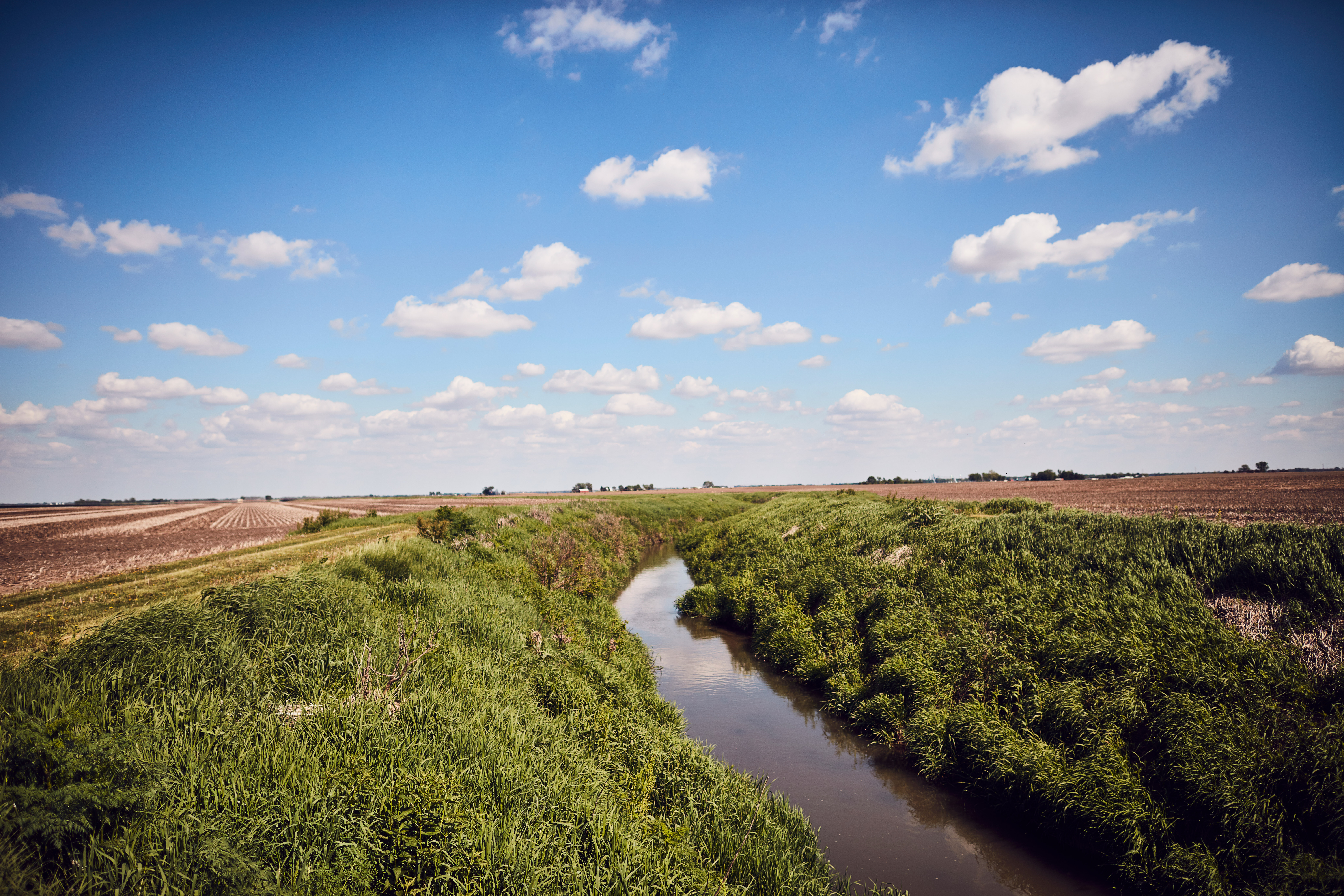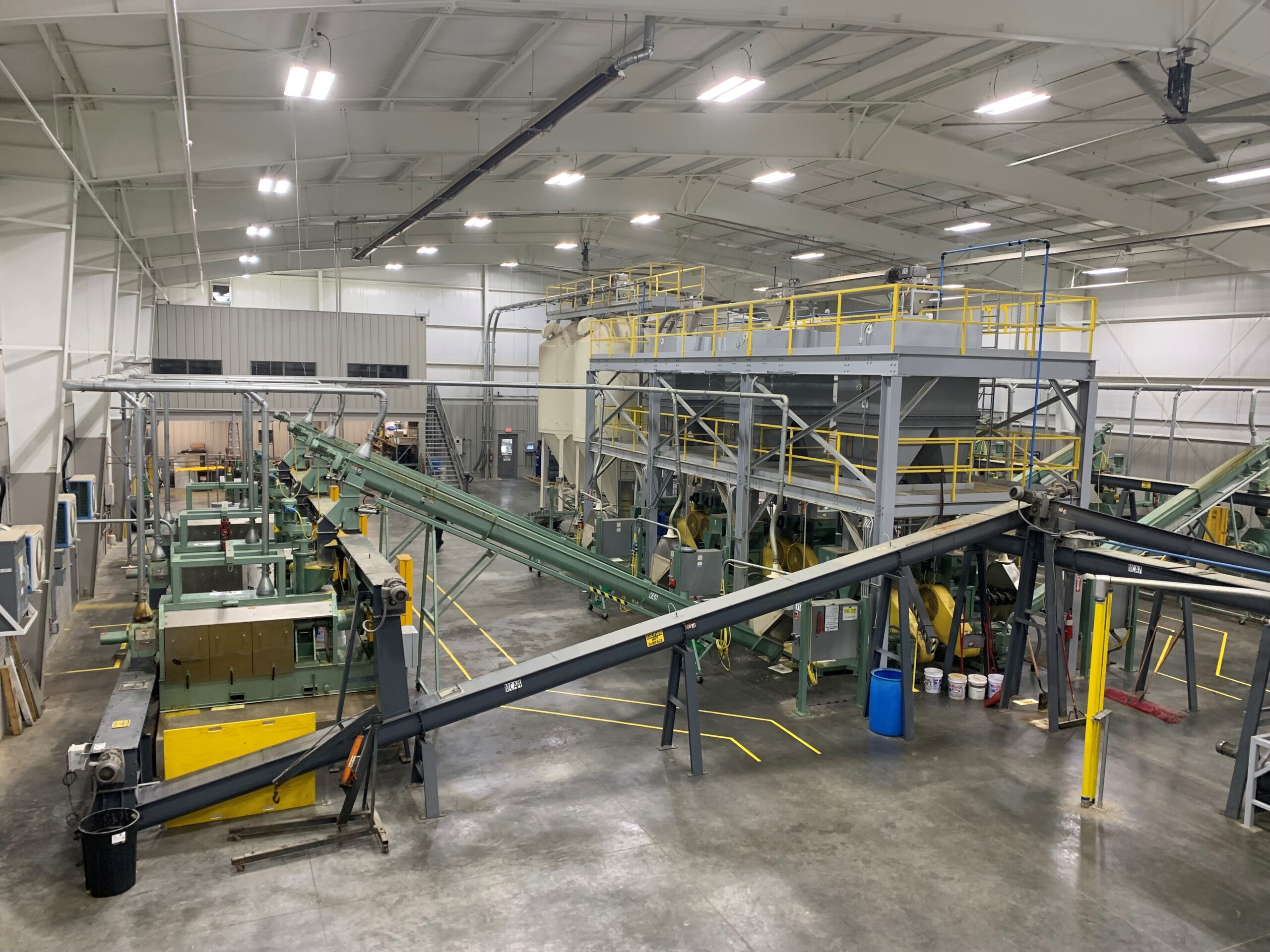Soil and Water Outcomes Fund’s Keil Offers Insight to their Carbon and Water Quality Program

Adam Keil is the Managing Director of the Soil and Water Outcomes Fund (SWOF) and has over 20 years of experience in his field.
How did the SWOF begin and what were the initial goals?
The Soil and Water Outcomes Fund (SWOF) began in 2019 with a small pilot scale project in Iowa. Two years of study and partnership building laid the groundwork for the pilot. The SWOF initially started with a focus on linking farmers with those who seek water quality improvements. The additional focus on carbon sequestration was added in 2019/2020.
How do farmers benefit by joining SWOF?
Farmers receive funds calibrated to the level of water quality and carbon sequestration benefits produced on farms. The payment is higher than it would be if they were participating in a carbon-only program.
Since becoming involved with SWOF, what have you learned about conservation practices, soil health, carbon programs?
The biggest change since starting SWOF is the growing interest in carbon sequestration. There are farmers who are ready to dive into these conservation practices, they just need the resources. They are ready for that motivation.
How is SWOF’s carbon program different than other programs offered?
The SWOF combines a carbon program with a water quality program to bring additional value to farmers while providing cost effective water and carbon pricing to SWOF customers.
Can you share some key components of your carbon program?
SWOF is a full ecosystem operation, that’s what sets us apart. We offer payment for carbon reduction and water quality improvement programs. Another key component that SWOF offers is on the finance side. We offer 50% of the payment to farmers upfront when they sign the contract with SWOF.
What resources do you offer to farmers who are exploring carbon programs?
We want to build relationships with the farmers. The SWOF website also offers “How-to” and contract information under the “Farmer Resources” section www.theoutcomesfund.com/farmer-resources. When farmers are enrolled in the program, the staff of SWOF will handle the monitoring data for the farmers, so there are no additional costs for farmers to take soil and water samples. The SWOF also offers conservation and agronomy assistance if needed. For example, we can help connect with securing seed cover crop and finding cost-effective solutions.
Why is there a push for these conservation programs now? Why is it important to get involved?
Many private and public companies are setting green house gas (GHG) reduction goals and targets. When companies set GHG reduction goals they need to account for all aspects of their supply chain. Food and agriculture companies need to account for the production of inputs when they calculate their GHG footprint. Many companies have found their largest GHG liabilities lie in the production of inputs and in order to meet their corporate goals, farmers producing inputs will need to improve production practices to be more conservation minded. This pressure will continue to increase as more companies are pressured by investors and environmental NGOs.
What advice do you have for farmers exploring carbon and conservation programs? How can they be prepared?
Robust farm operational data is key to enrolling in most programs. Even if farmers are going to wait to enroll, I suggest they have good records, especially accurate field boundaries and operational data.
What would you say to someone who is hesitant to join?
The SWOF may not be for everyone. Ecosystem markets and especially carbon markets will evolve. I would tell hesitant farmers to test things on a small number of acres, if they like the experience, they can always enroll more acres in future years.
What potential do you see for this industry? Where do you see it going in the future?
There is huge potential in working with farmers to improve sustainability. The new realization is that companies are making these new commitments to reduce their GHG footprint. There is no doubt that it is going to be around and grow. The demand for these sustainability markets is there, the question is: How is the market going to adjust? Can we get the verification and sampling costs down in order to create a profitable market?
For more information about the Soil and Water Outcomes Fund and their carbon program visit www.theoutcomesfund.com.


